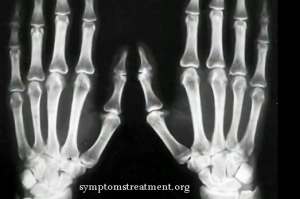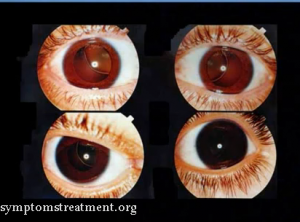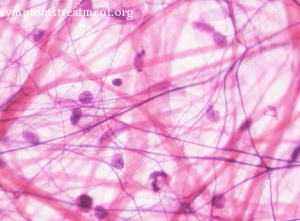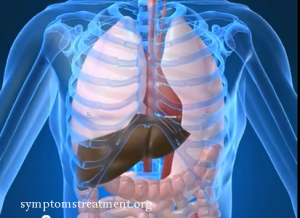What is Marfan Syndrome?
Marfan syndrome is a genetically inherited disorder that affects the body’s connective tissues. This disorder causes abnormalities on the cardiovascular system, skeletal system, eyes, and the skin of the affected person; and because of this it may lead to various complications which can sometimes be life threatening as well.
These abnormalities are carried by a gene known as Fibrillin-1 (FBN1). This is encoded with a large and extracellular matrix of glycoprotein that is served with structural components of binding microfibrils. These microfibrils serve as elastic and non-elastic connective tissues that provide structural support throughout the body. Every person has a pair of Fibrillin-1 genes that when one inherits a defective gene, it is enough to cause the Marfan Syndrome.
Causes of Marfan Syndrome
The number one cause for the development of Marfan syndrome is the defective Fibrillin-1 gene. In
most of the cases this is genetically, but there are also cases that it may occur without any trace of family history. These cases are known as sporadic which may have resulted from spontaneous gene defect.
Every case of Marfan syndrome is characterized by different types of mutations which mean that each person affected by the disorder may manifest different types of abnormalities.
Symptoms of Marfan syndrome
A person diagnosed with Marfan syndrome usually has his/her long bones affected which leads to various physical abnormalities such as:
• Tall but thinly built body
• Long arms, toes, fingers, and legs
• Scoliosis – a condition wherein a person has a curved spine
• Sternum – a condition wherein a person’s breastbone are either indented or sticking out
• Weakened joints that are easily dislocated
• Long and narrow face
• Crowded teeth
• Eye problems which include lens subluxation and near sightedness
• Narrow palate
• Decreased skin elasticity which causes appearance of stretch marks even with no changes in weight
Other symptoms of Marfan Syndrome
• Weakened and dilated blood vessel wall which increases the risk of aortic rupture and aortic aneurysm.
• Intracranial bleeding
• Mitral valve prolapse – a condition wherein the valve leaflets do not close tightly and become floppy which cause blood to leak across the valve. It may progress into mitral valve regurgitation.
• Enlarged heart muscle that leads to Cardiomyopathy and may progress to heart failure
• Widening or dilation of aortic root which causes leakage and become stretched
• Abnormal heart beat rhythm
Diagnosis of Marfan syndrome
Though Marfan syndrome is present at birth, symptoms can only be recognized until later in life or when adulthood is reached. No special laboratory test or skin biopsy is required for Marfan syndrome but the diagnosis fully relies on medical history and physical examination and observation. Genetic analysis may be performed to confirm the diagnosis.
Treatment for Marfan syndrome
There is no possible cure for Marfan syndrome but treatments for the possible complications are available. As aforementioned, every patient displays his or her own unique features of Marfan syndrome, thereby requiring individualized treatment plan for each patient. Medications, therapies and surgery are given to avoid the development of these complications or to help minimize them.
Marfan Syndrome – Life Expectancy
Though there is no cure for Marfan Syndrome, it is not life threatening. Many people have been able to live their lives normally with timely checkup and correct medication.




